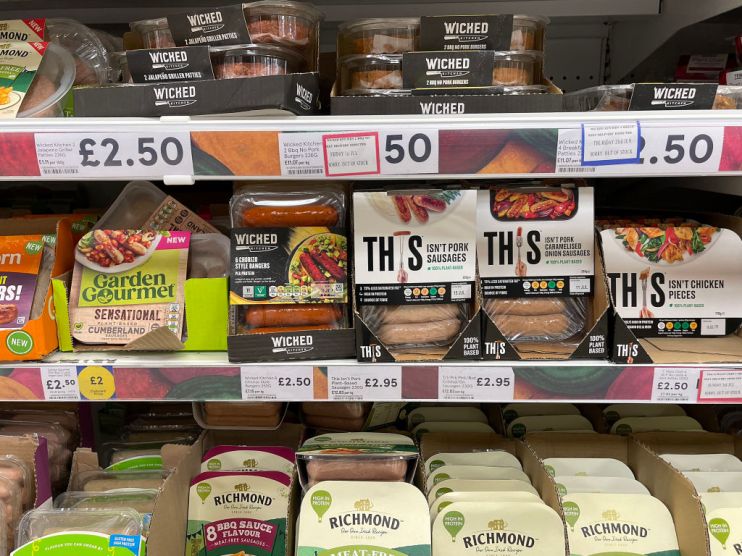Food promotions now make up 22.5 per cent of grocery sales – and it’s up a fifth from last year

Promotions on food and other items now account for 22.5 per cent of grocery sales, as Brits continue to seek out bargains amid the cost of living crisis.
The figure has risen from 20 per cent last year in the same period last year and is the highest over the past 12 months excluding Christmas and Easter, figures from consumer intelligence company NIQ show.
While inflation fell to 7.9 per cent last month, shoppers are still yet to be elevated from high prices at the till, with many ramping up use of loyalty card schemes rolled out by supermarkets and shopping more at discounter grocers.
Due to high inflation, customers spent £800m more in store than this time last year.
Value led stores such as Aldi and Lidl have seen their sales rise 22.3 per cent and 17.9 per cent respectively, over the last four weeks ending 15 July.
NIQ data also shows a growing demand for the value retail chains, like B&M and Home Bargains where fast-moving consumer goods sales increased 11 per cent.
Some 70 per cent of households visited them over the last year, with 73 per cent shoppers seeking lower prices and 45 per cent for household products at these retailers.
“Shoppers continue to seek out value by looking for bargains, we’re seeing them become more channel agnostic and less likely to remain loyal to many supermarkets,” Mike Watkins, NIQ’s UK head of retailer and Business Insight, said.
After an exceptionally hot start to June, leading Brits to spend more at the tills, total till sales at UK supermarkets slowed to 8.9 per cent, down from 12.4 per cent in June.
As customers count their pennies ahead of heading off on summer holidays volume sales at the grocery multiples such as Tesco and Sainsbury’s also weakened to -3.6 per cent down from -2 per cent last month.
“This was also aided by the cooler and wetter weather during the w/e 14th July leading to less occasions for shoppers to socialise and spend on additional items and the start of last year’s heatwaves,” Watkins added.
“As a result, July was the first time shoppers spent less than a prior period since the seasonal lull in January and last September, which was after the summer heatwaves.”